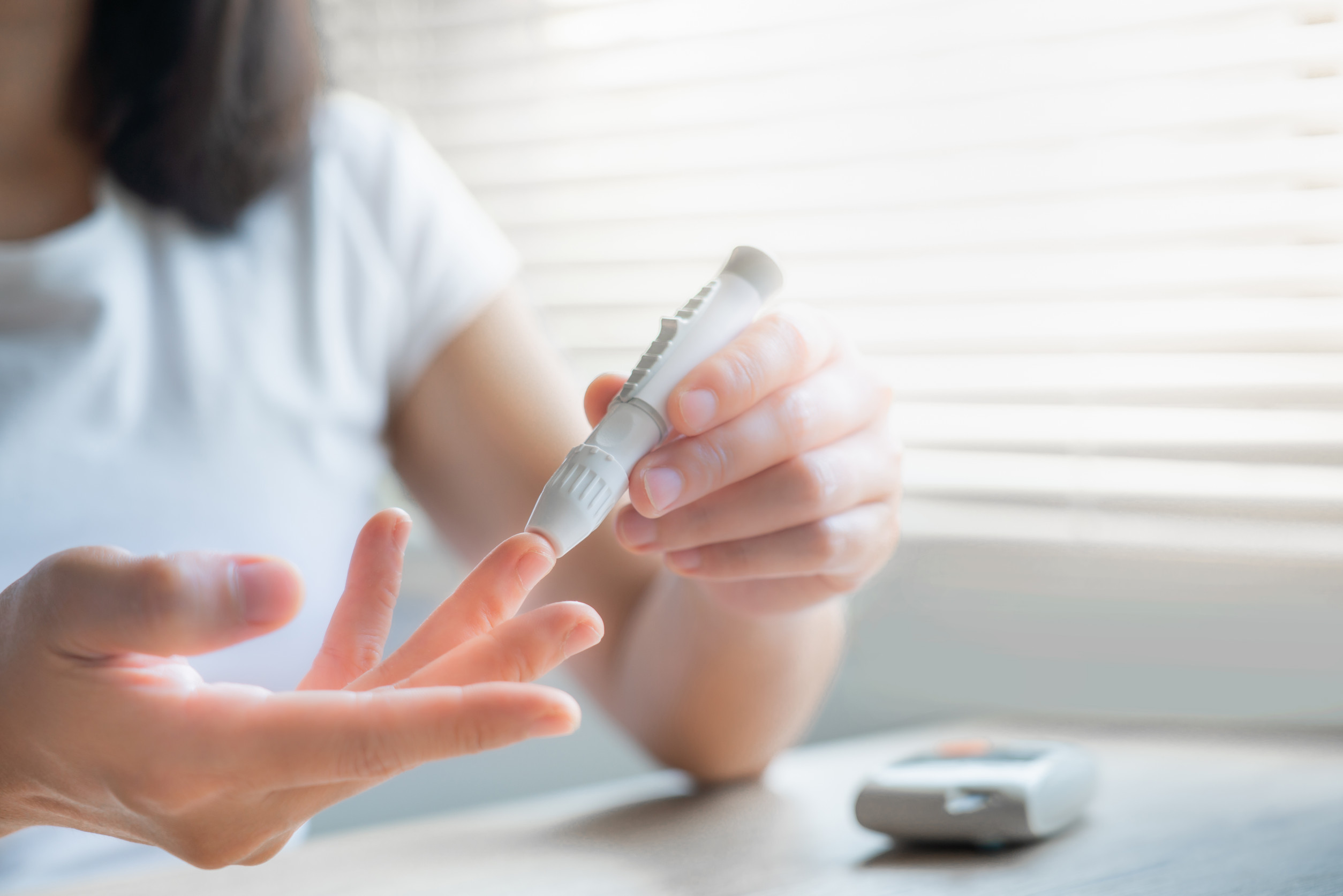Yola Armstrong describes herself as “unapologetically menopausal”. The 56-year-old mother-of-two from Melbourne says, when she started experiencing symptoms, her instinct was to hide or minimise them. But moving into a male-dominated workplace just as her symptoms were worsening forced her to practise a kind of radical acceptance – openly, and vocally, embracing what was happening to her.
“I just decided, ‘No, you know what, this is normal,’ ” she says. “I wanted to try and embrace it, and whatever was happening in the moment, I wasn’t going to hide it like perhaps we would [in the past] with, say, shoving your [sanitary] pad up your sleeve. So I have been known to walk around the office with a handheld fan, or I say to people, ‘Oh, hang on a minute, I just need a moment because I’m having a hot flush.

’ ” Yola Armstrong decided to embrace menopause, normalising the symptoms as a natural part of life. Credit: Eddie Jim If you’re a woman of a certain age, you’ve probably been hearing a lot about menopause. Either with a “peri” attached to it, or simply on its own, menopause seems to be the hot (flush) topic right now.
As Gen X and older Millennials hit this stage in their lives, many are speaking up and out about how it affects them, particularly on social media, where the algorithm rewards and promotes any content that taps into identities (and fears) that are ripe for profit. And while women sharing their experiences and advocating for their health will always be a good thing, the ubiquity of the topic – not to mention that profit-friendly fearmongering – can feel a little overwhelming. It doesn’t help that there is much variation out there.
Take the timing. In Australia, the average age for menopause – that is, 12 months after your last period – is 51, but it’s considered “normal” anywhere between the ages of 45 and 55 (and, of course, can occur outside that range too). Perimenopause, meanwhile, is the time leading up to that last period, when your ovaries begin to run out of eggs and your hormone levels fluctuate.
The average length of perimenopause is four to six years, but it can last anywhere from one to 10. Loading With the changes in hormones come a range of symptoms. While a small percentage of people will experience few or none, 80 per cent of those in perimenopause will be impacted by at least some symptoms, with 20 per cent being severely impacted.
And those symptoms are wide-ranging – not just hot flushes, night sweats and irregular periods, but joint and muscle pain, fatigue, brain fog, mood swings and mood disorders, insomnia, headaches and migraines, and even changes to your skin, hair, breasts, weight, sex drive and how often you pee..
Health

‘I’m free to be who I am’: Why this life stage is not the horror story you’ve been told

Peddlers of menopause treatments would have women believe that they should be approaching this stage of life with a sense of dread, but there’s plenty to look forward to.















